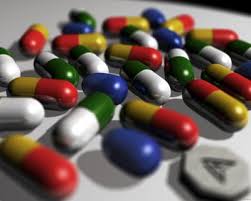
Some people have concerns about the safety and the effectiveness of Generic drugs. They do not go through the tough clinical trials that the original drug does.
The FDA says that the active ingredient has already been through clinical trials and would be no good to make the generic versions do the same thing because they are made from the same exact ingredients.
Bioequivalence tests are enough to make sure that the drug is effective and safe just like the original drug.
In most instances there is nothing to worry about because the generic drugs are regulated. Generic drugs are found to have the same problems as the originals just like the same side effects.
Some of the comparing studies say that there are generic drugs that are performed in the same way as the original but something different.
If you are moved from a brand name drug to the generic and you notice a change in the symptoms that you have especially if you get worse, you need to go to your GP and get some advice.
The research on drugs that you find out about has been well thought out. Researchers do their job and make sure that drugs are safe for the public to use first. Information about generic drugs will allow you to make a good decision about the medication that you use.
The FDA says that the active ingredient has already been through clinical trials and would be no good to make the generic versions do the same thing because they are made from the same exact ingredients.
Bioequivalence tests are enough to make sure that the drug is effective and safe just like the original drug.
In most instances there is nothing to worry about because the generic drugs are regulated. Generic drugs are found to have the same problems as the originals just like the same side effects.
Some of the comparing studies say that there are generic drugs that are performed in the same way as the original but something different.
If you are moved from a brand name drug to the generic and you notice a change in the symptoms that you have especially if you get worse, you need to go to your GP and get some advice.
The research on drugs that you find out about has been well thought out. Researchers do their job and make sure that drugs are safe for the public to use first. Information about generic drugs will allow you to make a good decision about the medication that you use.









